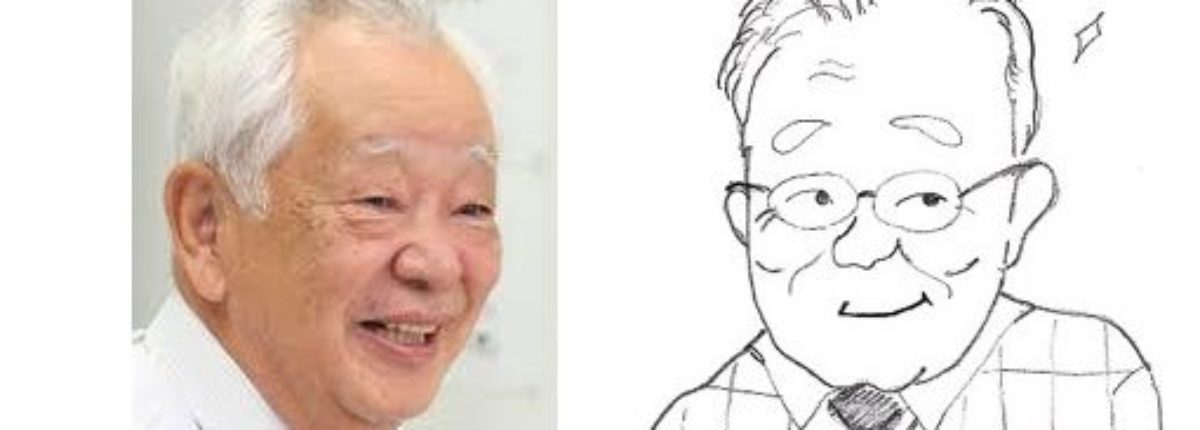The other day, my junior colleague, Dr. Sota Iwaya, visited my house to show me a paper he authored that was published in the top medical journal Pediatric Research in the United States.
Our meeting was a result of my having more free time in my old age and wandering around aimlessly. I was invited by Professor Ichiro Morioka of Kobe University (now a professor at Nihon University) to join the neonatal jaundice research group, and he appointed Sota as my partner at the time.
Reemergence of Kernicterus that Once Disappeared
In the 1970s, severe jaundice in newborns caused brain damage (kernicterus) and was a major cause of death and cerebral palsy. In 1982, I successfully developed clinical diagnostic equipment (UB analyzer) for predicting kernicterus in a joint venture with Arrow’s Corporation President Y. Ogoshi. It was widely used and, along with advances in medical technology, led to a sharp decline in kernicterus.
For more than 30 years after that, kernicterus was rarely seen in routine medical practice, and young neonatologists lost interest in it as an old disease.
However, in the 21st century, with advances in neonatal medicine, the survival rate of small, very low birth weight infants weighing less than 1,000 grams has increased significantly. As a result, kernicterus began to occur again in premature infants, unlike in the past when it was mainly seen in mature infants.
Why I Returned to the Research Lab
Thirty years had passed since the development, and there were times when I worried that the UB analyzer had reached its limit. However, I remember feeling relieved when I found out that there were no cases of kernicterus at Kobe University, where strict jaundice management was being performed with the UB analyzer.
When the Morioka Group at Kobe University resumed research on jaundice management in very low birth weight infants, I was invited to participate. For the past 20 years, we have been reviewing the treatment guidelines used in medical facilities throughout Japan, with the cooperation of many medical facilities, and we were able to create a revised version in less than two years.
Passing on the Technique to My Junior Colleagues
The principle of UB measurement is somewhat complex. Although some neonatologists can use the data generated by the UB analyzer, there are few who understand the principle behind it.
The true aim of my return to the research lab is to pass on the principle of UB measurement to the next generation. Sota Iwatani was the one who was selected to be my successor. We started together from making the measurement reagents and I was able to pass on everything to him in almost a year.
Dedicated to Y. Ogoshi and H. Nishida
I am deeply concerned that both Y. Ogoshi, the developer of the UB analyzer, and H. Nishida, who worked tirelessly to promote it, passed away one after another recently. I would like to offer this paper in memory of them and pray for their eternal rest.
April 16, 2023.
